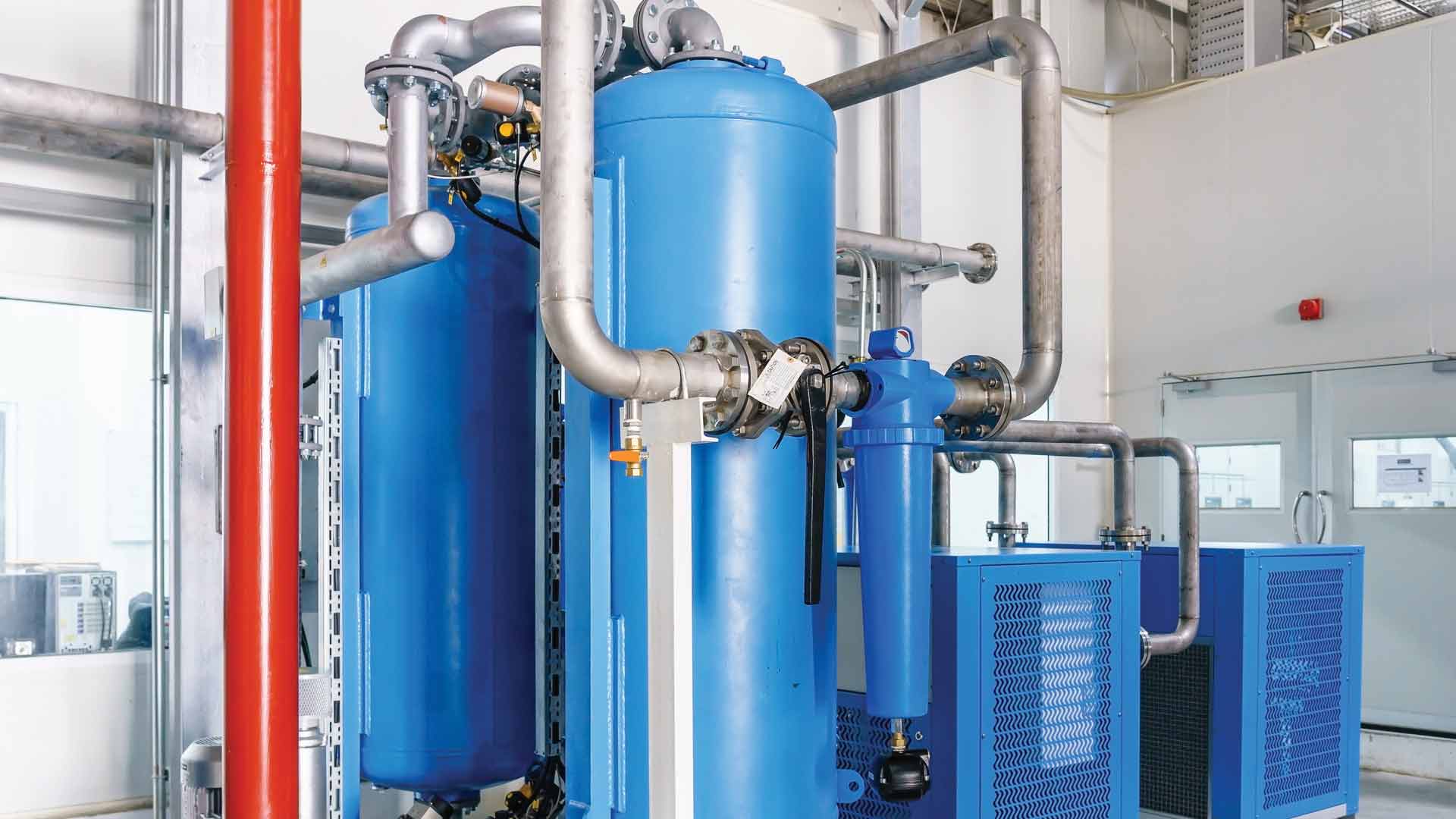Looking to a “Dryer” Future
By Al Doering
Moisture content is an ongoing issue in agriculture. Many wet biomass feedstocks generally have low value due to the high cost of thermally removing water to utilize the biomass. AURI works with a variety of these biomass feedstocks that contain high moisture contents such as digester solids, food processing waste, and even a variety of crop residues.
The high moisture content reduces feedstocks’ potential value. Creating drier materials opens markets for combustion or gasification of the feedstocks. Other possibilities for drier biomass include pelleting material for feed or slow release fertilizer or use as ground cover. At the very least, a farmer using a drier product for feed or land application would truck more material and less water.
AURI focused heavily on drying technologies in the past because it directly affected the feasibility to move high moisture coproduct into value-added markets. Two primary drying methods are available. One is a mechanical system where moisture is physically removed using centrifuges or dewatering presses. The second type of dryer uses a thermal process, as in rotor drum dryers, spray driers, and others which utilize a heat source.
Styles and features of dryers vary greatly based on the quantity and need for drying. Custom dryers can be designed for everything from food processing, textiles, feedstocks and manure.
Interest is growing in a variety of new technologies to dry high moisture feedstocks utilizing mechanical, thermal, or a combination of both methods. Some of the newer, large scale drying technologies include infrared, microwave and radio frequency drying which could provide a cost-effective method to dry specific materials on a scale much greater than previously possible. Many new dryers entering the industrial market utilize a combination of mechanical and thermal drying which greatly improves the efficiency of the process.
AURI is currently focusing on purchasing a new drying system for its Coproducts Pilot Lab located in Waseca. According to AURI Senior Scientist for Coproducts, Al Doering, “We plan to obtain a drying system which can provide detailed information back to the clients we serve. Important information that today’s dryers can provide includes efficiency which is often documented as energy required to evaporate one pound of moisture. Additionally, dryers can also provide more data such as energy usage to operate, product throughput and relationships between drying temperature and product quality obtained after drying.”
Looking to the future, drying will continue to play an important role in agriculture. Currently, nearly every farm and elevator has a dryer on site to dry wet grain in the Fall for proper storage. Feed and food processing plants operate dryers on a daily basis as drying is critical for product stabilization and shelf life. Drying will always be a critical consideration for agriculture.
